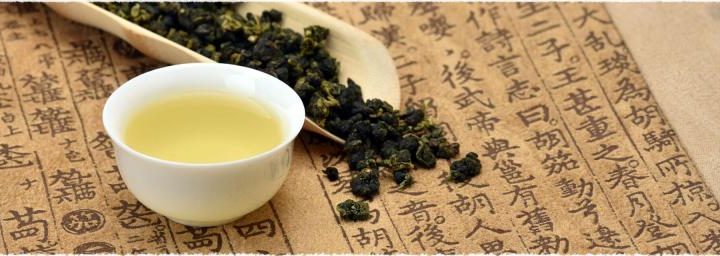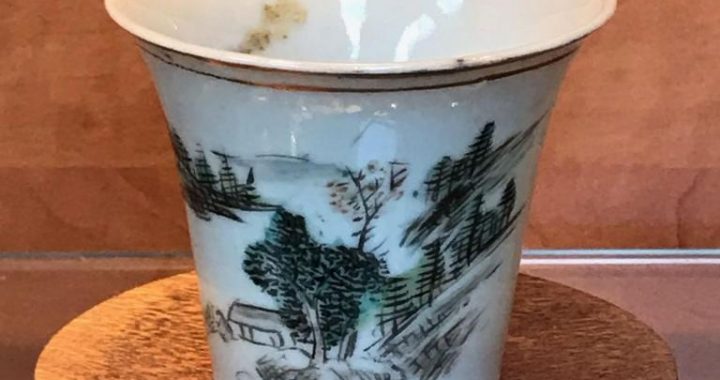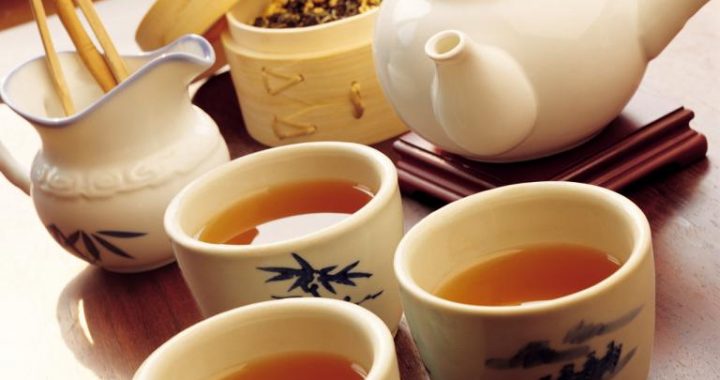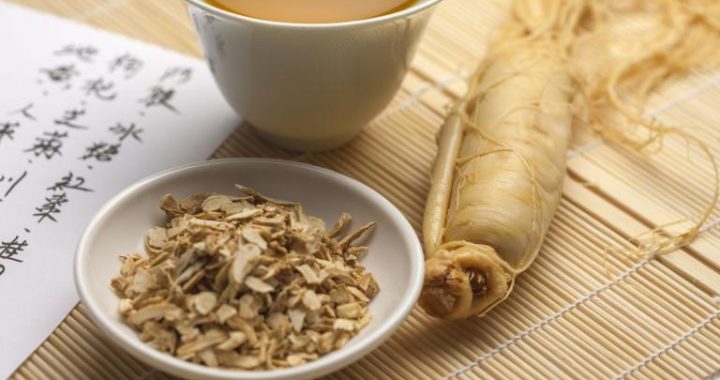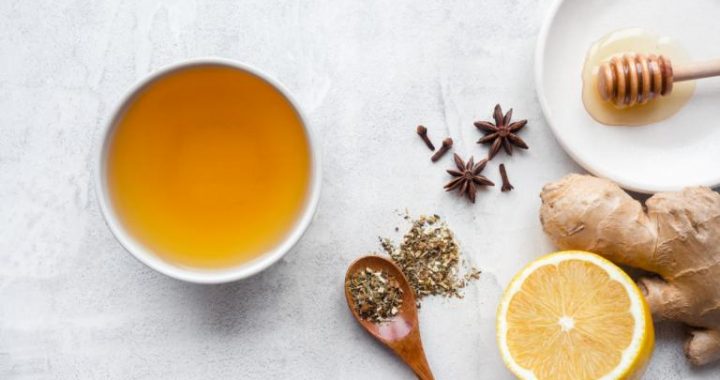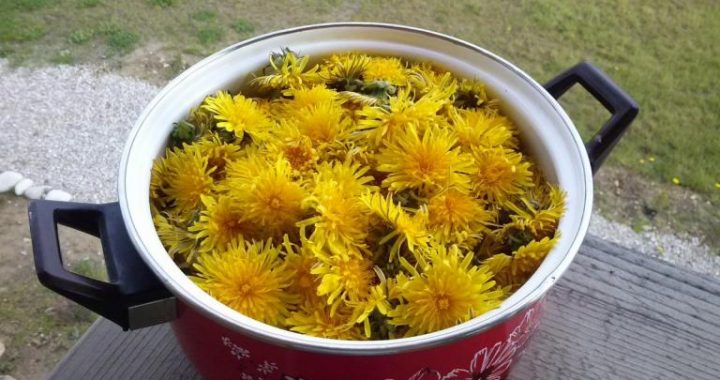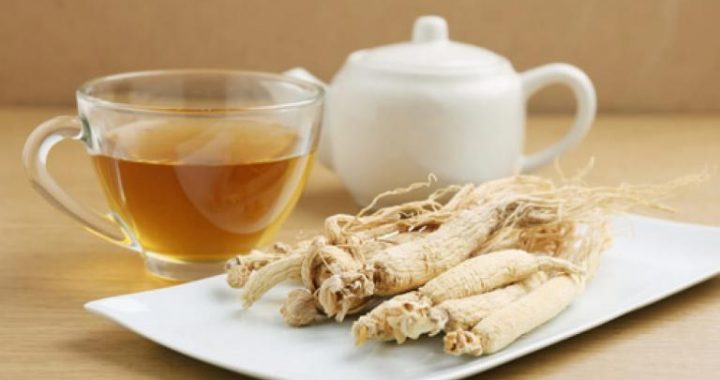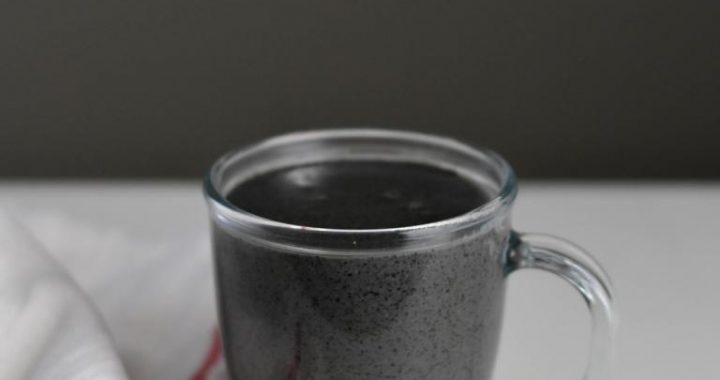Lu Yu and the Tea Classics
2 min readChina is the cradle of tea.According to the legends among the people and the historical records,there were many people concerned with tea,among which therewere the famous men of letters,the monks in Buddhist temples,and also the high officials and even the emperor.These cultured tea men not only left many anecdotes about tea to the later people but also contributed a lot to the development of Chinese tea culture.

Lu Yu(733~804),styled Hongjian,was also known by his literary names of Jinglingzi and Sang Xuanweng.He was born into a poor family in Tianmen of HubeiProvince.In all his life,Lu Yu loved tea very much,and he was quite skillful in tea ceremony;he was also very good at writing poetries and calligraphy.For severaldecades,Lu Yu was wholly dedicated to research of the tea affairs,and had rejected twice the official posts provided by the imperial court.In his life Lu Yu visited many tea production areas in Zhejiang Province,Jiangxi Province and Jiangsu Province to taste tea and try different water.According to his own research and investigations,he began to write the first book about tea in China,the Tea Classics,in 758 or so.After almost 30 years,he finished it at last.Since he madesuch a great contribution,he was called respectfully by the later people as”Tea Sage”and”God of Tea”.
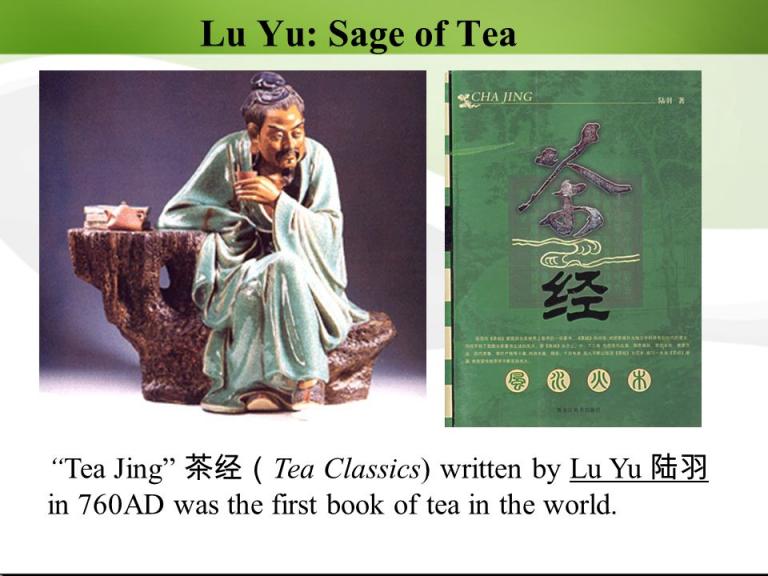
According to the textual research of historical records,in the course of writing the book Tea Classics,Lu Yu generally underwent five periods,namely,the enlightening period of learning tea,the distinguishing water and tasting tea period,inspecting in the south of Yangtze River,writing the book in his home and lastly,amending and enriching the book.The book was finished in 780s.
The Tea Classics consists of 3 volumes which contain 10 chapters,presenting us a colorful world of tea.The first volume consists of three chapters,the first chapter”the origin”,the second”the utensils”and the third”the preparation”;th second volume has only one chapter,”the implements of brewing”;the third volume is made up of the fifth chapter”the brewing”,the sixth”the drinking”,the seventh “the historical records”,the eighth”the producing districts”,the ninth”general summary”and the last”memo regarding plates”,altogether 6 chapters.This book explored the history of the development of tea affairs before the Tang dynasty and summarized fully and systematically the experience of the tea culture development in the middle Tang dynasty.
